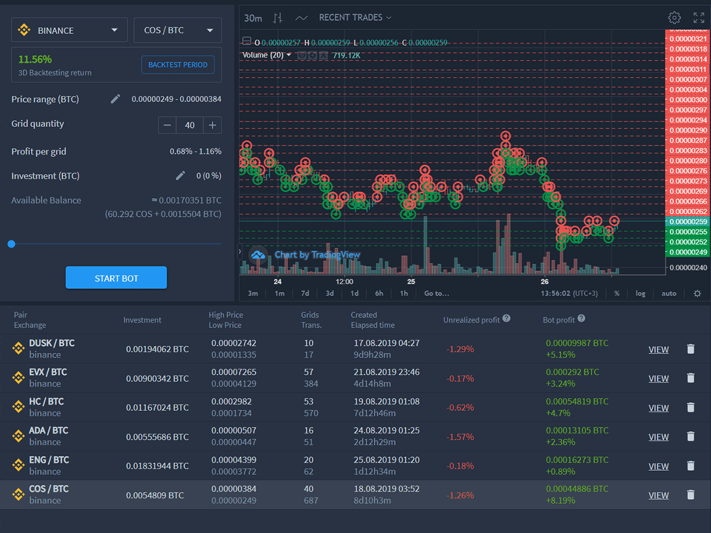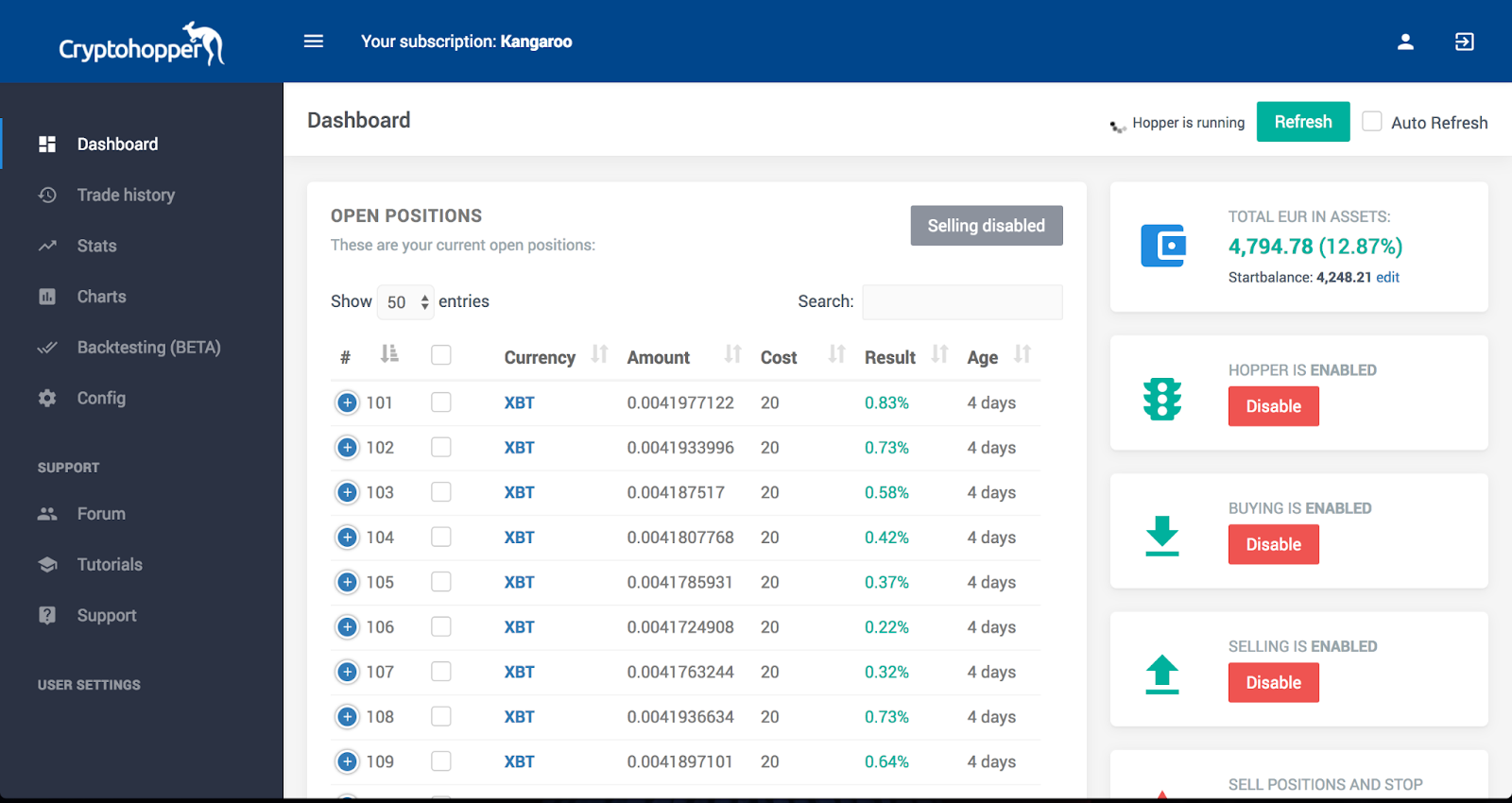How to Benefit From Crypto Arbitrage in 2021?

While it would be a stretch of the imagination to claim that the Bitcoin Market is completely inefficient, it does punctually display some level of inefficiency, which quickly disappears as opportunities are swiftly identified and acted upon. It can be said that markets are self-regulating and self-stabilizing, as inefficiencies are leveraged, which subsequently forces markets to return to normal.
One example of punctual inefficiency is the so-called Kimchi Premium, which is the gap in bitcoin prices in South Korea compared to other countries. The Kimchi Premium was first identified in 2016: between early 2016 and early 2018, the Kimchi premium averaged nearly 4.80% and was as high as nearly 55% in January 2018.
Bitcoin Arbitrage can be defined as a method of leveraging prices to take advantage of punctual inefficiencies (price differentials) across exchanges.
There are multiple arbitrage types, which we will define below.
Arbitrage Between Exchanges
According to Coindesk, there are approximately 391 exchanges in the world today. Obviously, this many exchanges operating sometimes in technological silos creates irregularities and opportunities. The idea in short is to purchase an asset on one exchange and sell on another exchange.
Let us provide an example to illustrate the process: One could Long on exchange 1, and transfer crypto to exchange 2, then short the same asset. A variant of this strategy is to go Long and Short on 2 exchanges, then transfer the long to the other exchange, and cover the shorts.
Triangular Arbitrage
Triangular arbitrage involves the use of three different cryptocurrencies. For example, one could trade BTC for ETH, ETH to LTC and LTC back to BTC. If the differences between those currencies are substantial, then one can make a decent profit.
Understanding Triangular arbitrage is not easy, so let us go over the steps of the previous example.
First, we start with one asset: BTC. This asset will be the alpha and omega of our arbitrage process.
Then we will trade this asset for a second one, Ethereum. It is important to make sure that this asset is connected to the previous and following one, by ensuring that the BTC/ETH and ETH/Following pairs are available on the exchanges on which we operate.
Then, we will trade our second asset for a third one, LTC. Here again it is important to make sure that LTC is connected to BTC, as the end of our trading process entails going back to BTC.
Finally, we will trade LTC for BTC and hopefully book some nice profits.
Decentralized arbitrage
This strategy is a spin on strategy number 1. As you may know, it is now possible to Wrap Bitcoin (or in the case of the Ren protocol, to issue “representations” of Bitcoin on the Ethereum Blockchain) by using various protocols. Traders can take advantage of price differentials across decentralized exchanges such as Balancer, Uniswap or Curve, while taking advantage of Ethereum’s lower fees and faster confirmation times. Just as in the case of strategy number 1, traders identifying opportunities and acting upon them results in price uniformity across exchanges.
Statistical arbitrage
This strategy involves the use of quantitative data models and bots to generate profits from price differentials across exchanges. Because this process is automated, due to the massive amounts of data to process, statistical arbitrageurs can execute huge numbers of trades in minutes. Statistical trading is a mathematical and heavily computational approach to trading. It requires one to master data mining and statistical models.

Flash Loan arbitrage
We now find ourselves in esoteric territory. What is a flash loan? A flash loan is an operation that allows the non-collateralized borrowing of sums of money by traders. The only condition is that the borrowed sums (plus interest) be repaid in the same transaction. Some have called flash loan arbitrage risky as a clause against the execution of the trade if it is not profitable can be included. Traders can borrow huge sums of money, proceed to execute a triangular arbitrage opportunity as seen above, go back to the original currency and repay the principal and interest, all in the same transaction! Flash loan arbitrage allows traders to execute arbitrage opportunities across DEXs without the need to hold a monetary position or to be exposed to volatility risk.
What are the risks?

Something that traders often overlook is the fees. For example, Binance charges a hefty fee for withdrawing Bitcoin and other cryptocurrencies, not to mention the time wasted as the process is heavily manual. Fees, including but not limited to deposit fees (yes, deposit fees are a thing), withdrawal fees, can decrease one’s profitability, no matter how good they are at arbitraging.
Imagine making a profit of 3% or $30 on Bitcoin and while selling it at another exchange, you need to pay 1% in trading fees. Your profit is cut down to 2% or 20$.
One thing traders can do in order to lower their expenses is to absolutely avoid withdrawing Bitcoin and instead use those currencies which offer low confirmation times and minimal fees, such as Ripple, Litecoin and Nano. It boggles the mind that, on popular forums such as reddit, traders would doubt Nano’s utility as a currency in arbitraging as this particular crypto offers no-fee transfers and instant confirmations, clearly giving arbitrage traders an edge.
If executing triangular arbitrage opportunities, one thing traders have to be extremely wary of is tokens with the exact same symbol and name as those which they want to use.
Exchange risk is another thing to keep an eye on. Exchanges, due to volatility and Black Swan events such as the March 2020 selloff, sometimes come crashing down. Wallet maintenance windows are also dangerous as they can derail even the most perfectly planned arbitrage trade. Of course, exchanges, although this doesn’t happen very often, can sometimes completely fail (such as Ascendex during the selloff a few days ago) or go bust. Exchange risk requires taking a view of the financial and operational robustness of the exchange.
One way to mitigate exchange risk is to reduce one’s exposure to the market and to volatility and withdraw profits often to a bank account.
What is the best Bitcoin Arbitrage software available on the Market today?

Below we will quickly review two software solutions for taking advantage of price differentials in Bitcoin markets.
Bitsgap, a pioneer in arbitrage, is an all-in-one solution that connects all the API’s of a trader’s accounts across exchanges. It allows traders to manage several markets, track portfolio coins, set orders, and execute trades. Launched in 2018, Bitsgap allows traders to control accounts across thirty exchanges.

Cryptohopper is a crypto trading bot designed to simplify arbitrage trading and help traders make the most of price differentials across exchanges. This bot helps traders to maximize their profits while at the same time minimizing the risk of losses.

Final Thoughts
While it is certainly possible to take advantage of price differentials to make a profit, one has to keep an eye on the risks involved, which can derail even the most carefully planned arbitrage trading strategies. The future looks bright: thanks to the advent of uncollateralized Flash Loans and representations of Bitcoin on Ethereum (RenBTC, wBTC), BTC arbitrage trading is set for a renaissance.

